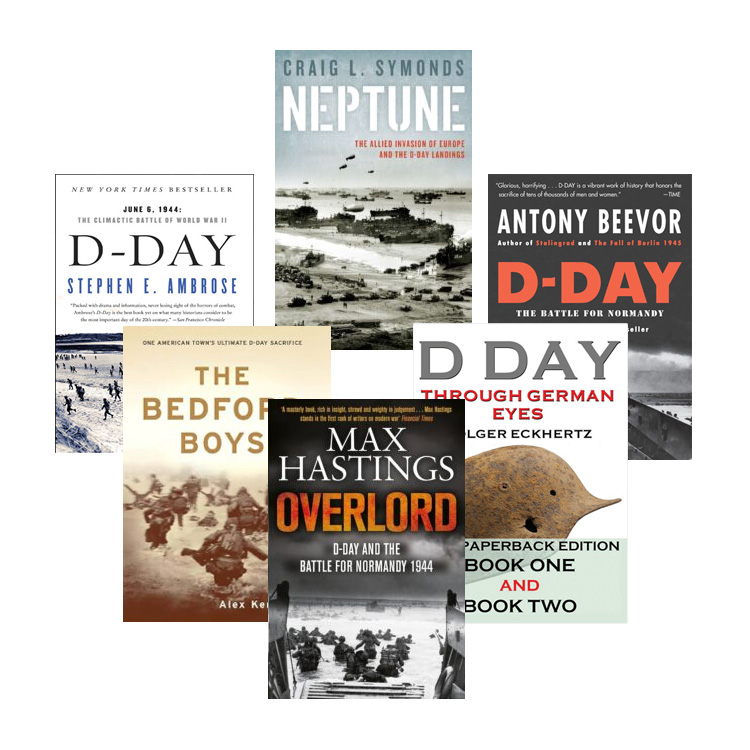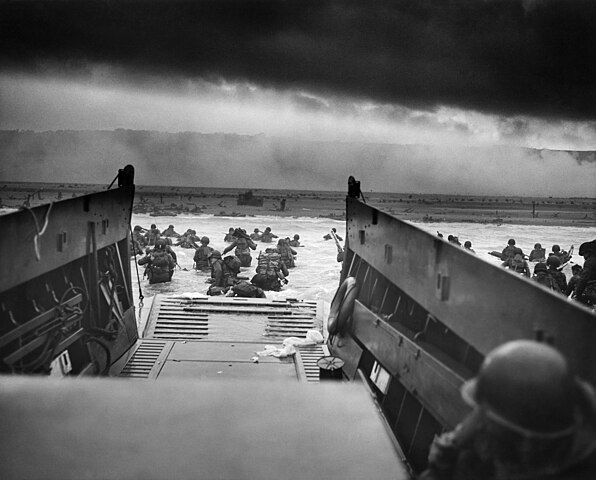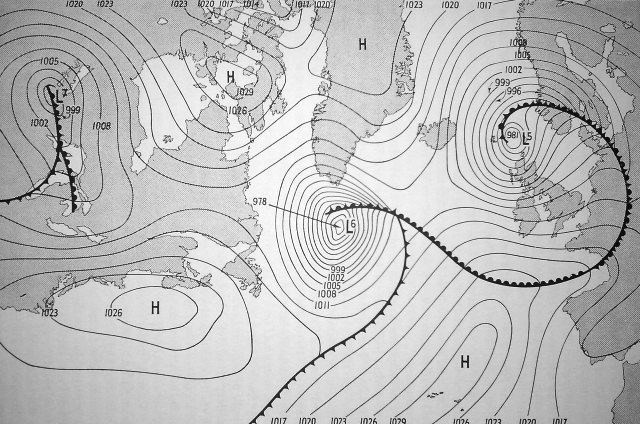The Normandy Invasion, often referred to as D-Day, was one of the most significant and ambitious military operations of World War II. It took place on June 6, 1944, and marked the beginning of the Allied liberation of Western Europe from Nazi occupation.
These books provide a well-rounded understanding of the Normandy Invasion, from the high-level strategies and logistics to the personal stories of courage, sacrifice, and resilience. Each offers a different angle on the complexity and significance of D-Day, making this list essential reading for anyone interested in WWII history.
What's the Normandy Invasion?
The Normandy Invasion (often called D-Day) was the pivotal Allied operation during World War II aimed at liberating Nazi-occupied France and beginning the end of German control over Western Europe. On June 6, 1944, Allied forces launched a massive assault along the beaches of Normandy, France. This operation, known officially as Operation Overlord, required years of planning, extensive coordination, and a complex network of deception strategies to mislead the German forces about the invasion’s timing and location.
At dawn, thousands of American, British, Canadian, and other Allied troops stormed five designated beachheads: Utah, Omaha, Gold, Juno, and Sword. Supported by intense aerial and naval bombardments, they encountered fierce German defenses, especially on Omaha Beach, where American forces suffered heavy casualties.
The battle extended well beyond that single day; after securing the beaches, Allied forces pushed inland through Normandy, encountering brutal resistance and suffering substantial losses in the countryside and small towns fortified by the German army. The invasion’s success came at a high cost, but it marked a turning point in the war. The operation was a profound moment of sacrifice and courage, altering the course of history as it paved the way for the liberation of France and the eventual defeat of Nazi Germany in Europe.
The Best Books About D-Day
These books collectively offer a well-rounded and multifaceted view of the Normandy Invasion, covering everything from strategic planning and on-the-ground fighting to intelligence operations and the personal sacrifices of the men involved.
D-Day, June 6, 1944: The Climactic Battle of World War II by Stephen E. Ambrose
Ambrose’s book is often considered a definitive account of D-Day, offering a vivid, human-centered narrative. Through extensive interviews with veterans and meticulous research, Ambrose captures the personal experiences of Allied soldiers, shedding light on their fears, determination, and resilience. Ambrose also delves into the broader strategies and decisions that shaped the day’s events, making the book both emotionally powerful and historically informative.
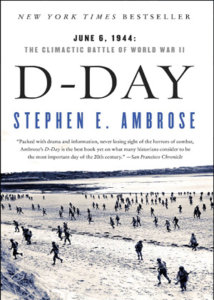
The Longest Day by Cornelius Ryan
Cornelius Ryan’s The Longest Day was one of the first comprehensive books to document D-Day, drawing from a vast range of eyewitness accounts. Ryan interviewed soldiers, officers, and civilians from both Allied and German sides, crafting a suspenseful and dramatic retelling. The book’s journalistic approach gives readers an on-the-ground view of the Normandy landings, making it feel as though they are there amid the chaos and courage of D-Day.
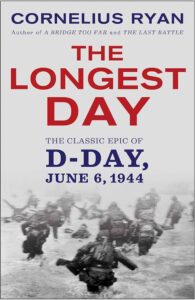
Omaha Beach: D-Day, June 6, 1944 by Joseph Balkoski
Focusing on Omaha Beach, the bloodiest of the five landing sites, Balkoski presents a highly detailed and in-depth account of the brutal experiences faced by American soldiers. With firsthand accounts and exhaustive research, Balkoski’s book explores the challenges, sacrifices, and small victories of the soldiers who managed to secure the beach despite overwhelming odds. The book is praised for its realism and dedication to accuracy.

Overlord: D-Day and the Battle for Normandy by Max Hastings
Max Hastings provides a balanced look at D-Day by examining both the Allied and German perspectives, which is somewhat unique among books about D-Day. Hastings analyzes the successes and failures on both sides, using firsthand accounts to add depth and realism to his analysis. The result is a critical, well-rounded look at the Normandy invasion, capturing the scope of the operation and the toll on those who fought.

D-Day Through German Eyes by Holger Eckhertz
This book offers a unique perspective by focusing on German soldiers who defended the Atlantic Wall during the invasion. Compiled from interviews with German soldiers, it provides a rare view of the conflict from the other side of the battle. Readers gain insight into the defenders’ experiences, thoughts, and challenges, which adds an unusual dimension to the typical D-Day narrative.

Neptune: The Allied Invasion of Europe and the D-Day Landings by Craig L. Symonds
Symonds shifts the focus to the naval operations that were essential for the success of D-Day. He covers the massive logistical efforts required to coordinate and transport troops, equipment, and supplies across the English Channel. Through detailed analysis, Symonds highlights the monumental challenges the Allied naval forces faced, underscoring their crucial role in the invasion’s success.
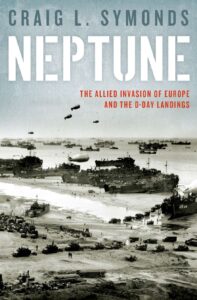
Double Cross: The True Story of the D-Day Spies by Ben Macintyre
Macintyre’s Double Cross uncovers the secret intelligence efforts behind D-Day, focusing on a network of double agents who helped deceive the German high command about the invasion’s location and timing. The book combines suspense, espionage, and history, revealing how spies and counter-intelligence played an essential role in the invasion’s success.

D-Day: The Battle for Normandy by Antony Beevor
Beevor’s work provides a comprehensive look at the Normandy campaign beyond just the initial invasion. His research includes extensive firsthand accounts, offering a stark and detailed portrayal of the intense fighting that followed the landings. Beevor’s account is gritty, immersive, and often challenging, capturing the brutal reality of the prolonged struggle in Normandy.
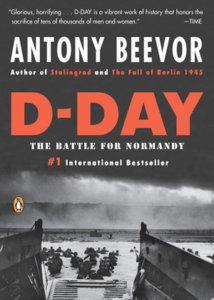
The Bedford Boys: One American Town’s Ultimate D-Day Sacrifice by Alex Kershaw
Kershaw tells the moving story of the Bedford Boys, a group of young men from Bedford, Virginia, who were part of the first wave at Omaha Beach. Many of them did not survive the day, and their loss had a profound impact on their hometown. This book personalizes the story of D-Day, showing how the lives and sacrifices of ordinary soldiers resonate far beyond the battlefield.

Normandy ‘44: D-Day and the Epic 77-Day Battle for France by James Holland
James Holland’s Normandy ‘44 goes beyond D-Day to cover the entire Normandy campaign. His approach combines strategic insights with in-depth character portraits, giving readers a full view of the battles that followed the landings. Holland’s narrative style and thorough research make the book both informative and engaging, bringing the extended Normandy campaign to life in vivid detail.
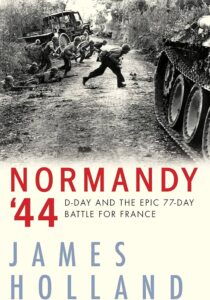
Conclusion: Reading About The Normandy Invasion
Exploring the Normandy Invasion through these essential books provides readers with a profound understanding of one of history’s most critical military operations.
From strategic planning and deception to the courage and sacrifice shown on D-Day, these narratives offer diverse perspectives that bring this monumental event to life. The stories of soldiers, civilians, and even the German defenders illuminate the human dimension behind the historical facts, reminding us of the bravery, hardship, and complexity involved in the liberation of Europe.
Reading about the Normandy Invasion not only honors those who fought but also deepens our appreciation for the operation’s lasting impact on the course of World War II and modern history.

